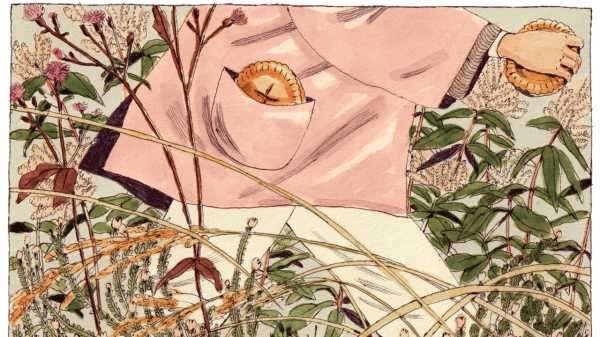
Recently, I’ve been going on walks with a small apple pie tucked in my anorak pocket. In some of the wilder corners of the English countryside, and usually in a tempestuous mood, I’ve scaled boulders and clambered down hills, past waterfalls and over heather-crowned moors, my pie sitting heavy in my pocket, like a talisman. When I reach some quiet place—a rock carpeted with moss, or a drystone wall—I perch for a while and eat the thing without ceremony. More often than not, the robust little pie makes it to the final destination in better shape than I do.
Pâtisserie does not, as a rule, lend itself to vigorous pursuits. In an essay last year, Bill Buford described the French apple tart as having “pastry with the texture of buttered air, and in its presentation a gift, like a painting.” In the culinary world, pastry is as much a discipline as it is an edible thing. The pastry section inside a commercial kitchen is widely understood to be a peaceful enclave amid the chaos and punishing heat. Pastry’s most skilled practitioners are revered, not just for their expertise in flour, fat, and water but for their mastery of the more diffuse arts of composure, care, and calm.
Sourse: newyorker.com






